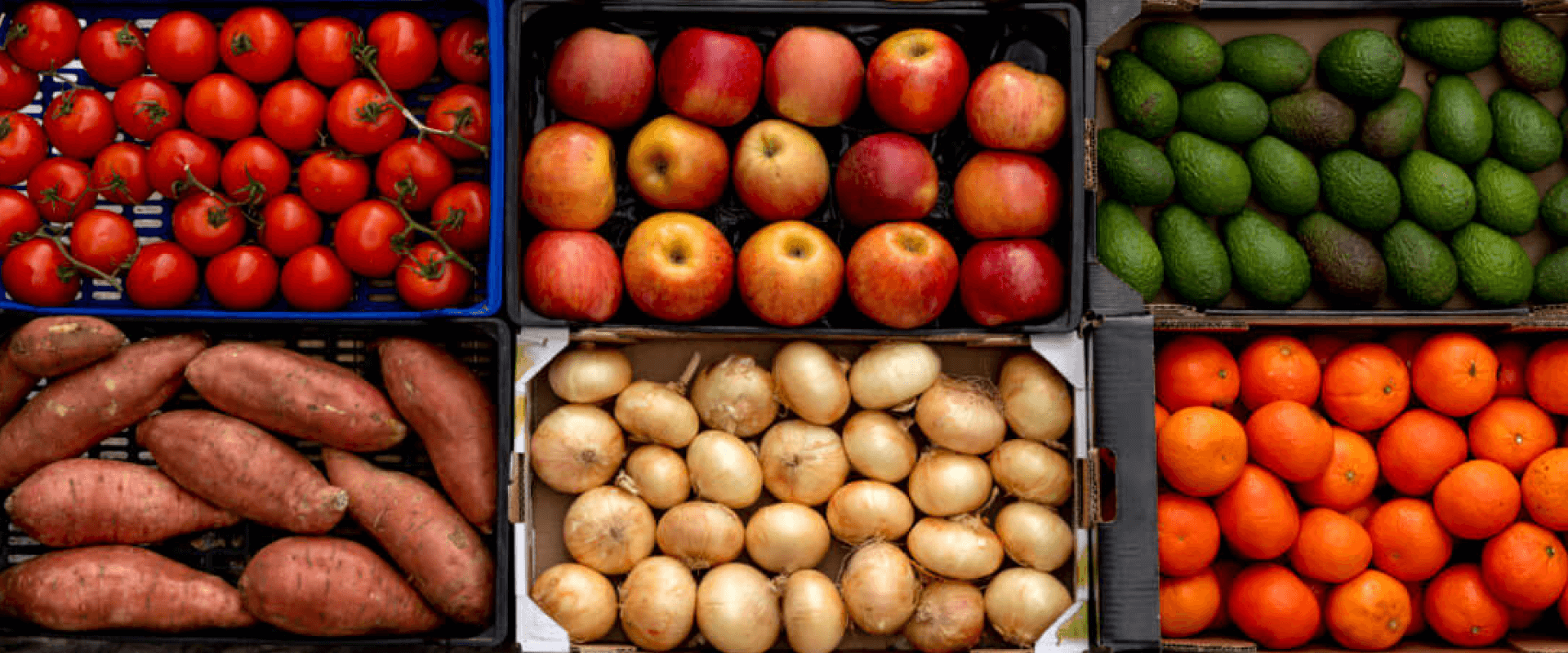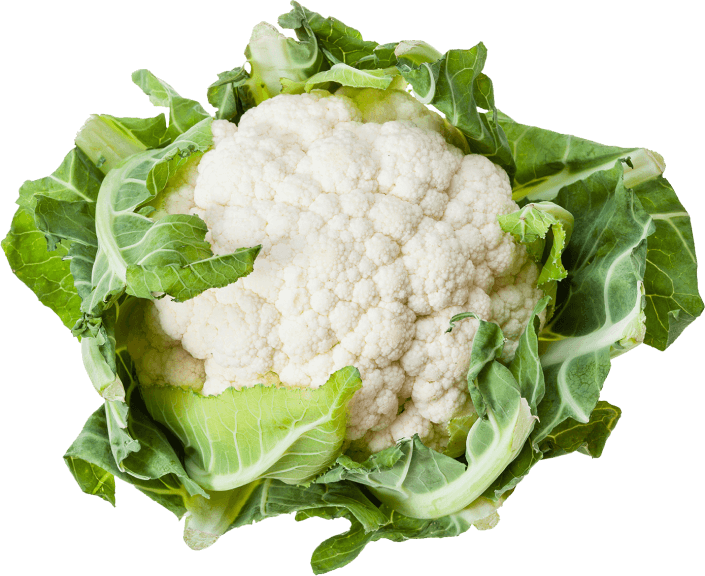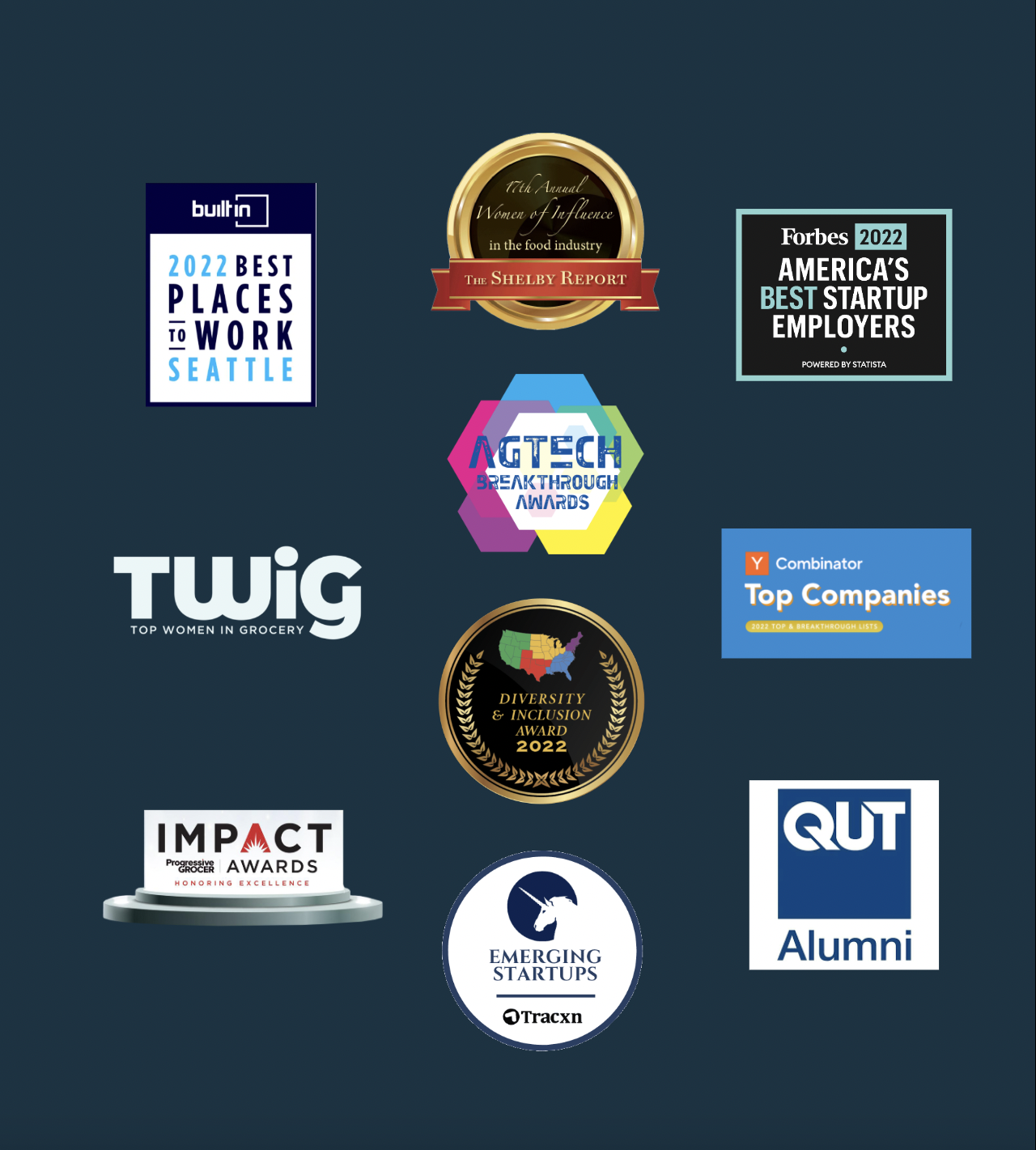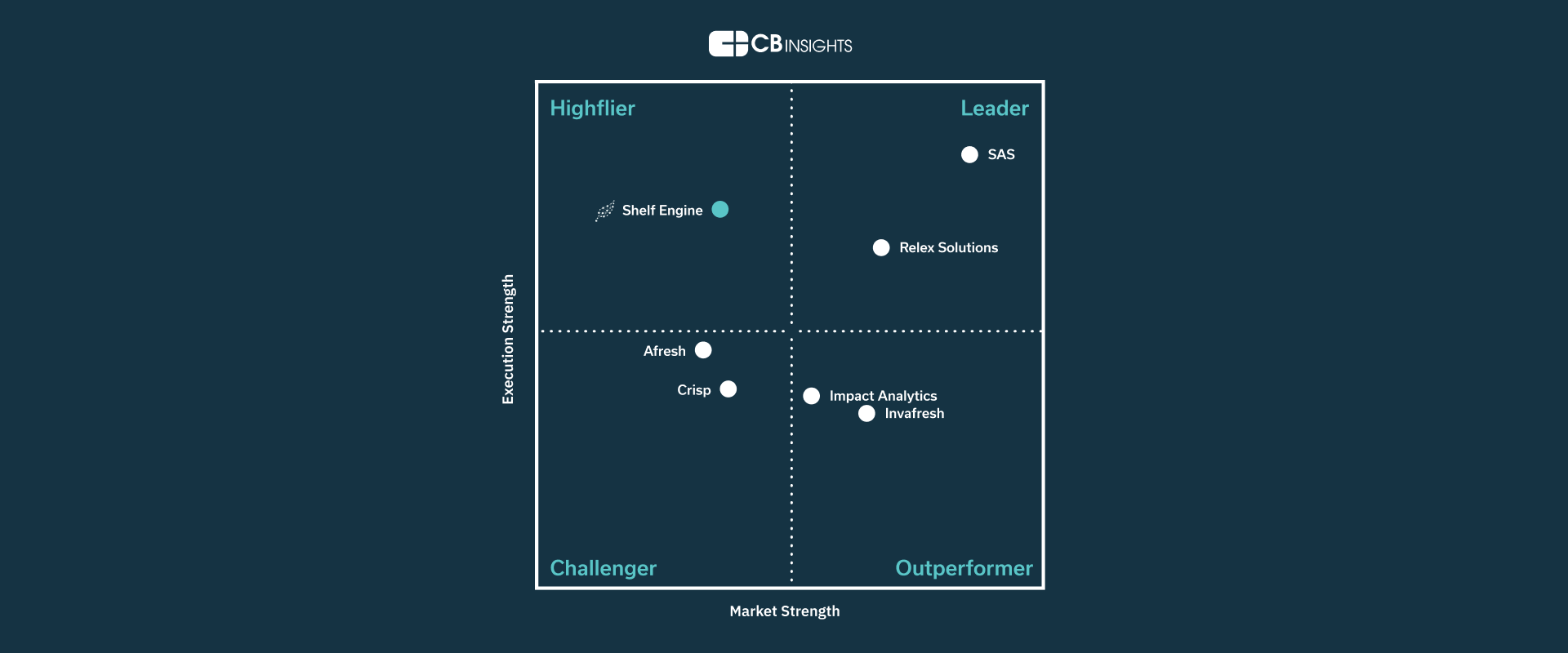This website uses cookies so that we can provide you with the best user experience possible. Cookie information is stored in your browser and performs functions such as recognising you when you return to our website and helping our team to understand which sections of the website you find most interesting and useful.
3 Reasons Why Centralized Ordering Is the Next Big Thing in Grocery

Nobody likes to spend money on business tools that don’t succeed or invest in products and services they don’t really need. Yet grocers, now in the throes of accelerated digital transformation, may be headed in exactly that direction.
As solutions to pressing economic and labor issues, many chains and individual stores are exploring how technology like smart carts, touchless payments, robotics, e-commerce platforms, and ordering automation can help them grow their business and keep customers happy.
But in an industry with thin margins and significant pressure to compete on customer value, grocers have little room for error when it comes to technology adoption. Tools must deliver, scale, and be built to last. Technology of this caliber is hard to come by in the grocery industry, and even among some of the more sophisticated solutions, results are often diminished due to problems with adoption, implementation, or administrative errors.
This is why we’re such big proponents of our centralized ordering model, which provides a fully automated inventory replenishment system where grocery leaders control outcomes and store staff are freed from order-related tasks.
Successful digital transformation requires a mindset shift as well as cultural and operational pivots. It might not be comfortable at first, but the positive impacts can ripple throughout an organization and beyond. Shelf Engine’s model helps grocers realize and maximize the benefits of technology from intelligent demand and inventory forecasting to automated ordering without the headaches.
We know because we’ve been through it. Our platform was initially deployed as a SaaS offering, with our focus on selling forecasting software to help grocers improve and automate ordering for fresh inventory. But no matter how accurate the forecasts, there was still a breakdown within stores. Now, instead of deploying software and tools that grocery employees had to adapt, we took over the entire process, so grocers could refocus on their core job responsibilities (keeping shoppers happy) and enjoy the results of the solution without any of the work and complexity.
At Shelf Engine, our predictive demand forecasting models ingest store inventory data daily and overlay what is actually happening in the store with machine learning and probabilistic models that generate highly accurate orders. The system submits POs directly to vendors and provides supply chain auditing across stores and vendors on fill rates, shelf lives, and in-store operations and merchandising.
Our model provides three key benefits to grocers:
1. Eliminate traditional technology expenses
Unlike with typical software and hardware, grocers can enjoy the benefits of best-in-class technology without the up-front costs of ownership, risk, long-term contracts, training, maintenance, license fees, and resource-heavy integrations they want to avoid. Set-up takes just a couple of hours, and the average timeline to launch is 6 weeks—a fraction of the time of other solutions. As retailers are up and running quickly, they realize the benefits of the system that much faster.
2. Resilience
Surviving and even thriving amidst a multitude of challenges requires a level of flexibility and adaptability that today’s grocery processes and supply chains simply do not have. Although customer demands and countless external factors can change on a dime, because the grocery industry is so mature and risk-averse, stores have long avoided adopting technology capable of making these essential quick shifts.
With the Shelf Engine system, stores can embrace important advancements and benefit from them, all without heavy investments of capital and labor. They can align ordering with their strategic priorities and own it at the headquarters level to reap much-needed efficiencies that result in higher sales and profits and lower labor requirements and food waste.
3. Results
Shelf Engine’s intelligent replenishment solution reduces food waste by 32%, which enables margin improvements of 7% on average for thousands of stores. Clients also experience an average 3% sales lift and save 5 hours of labor per department per store per week. All of this adds up to $31 million in value that we’ve created for our clients.
What to learn more? Listen to this podcast to hear how top retailers are using Shelf Engine technology to compete with the likes of Amazon.

Fresh, delivered.
from the Shelf Engine team.
By providing your email, you agree to the Shelf Engine Privacy Policy.





